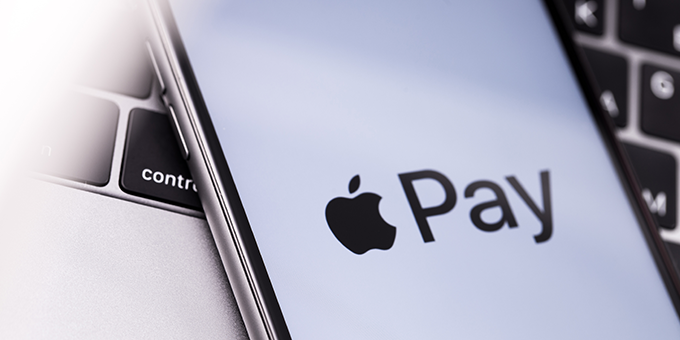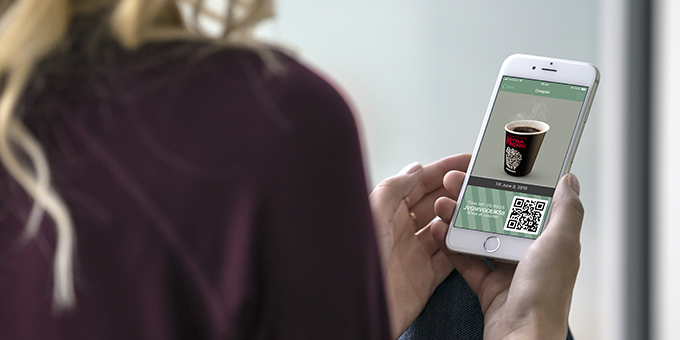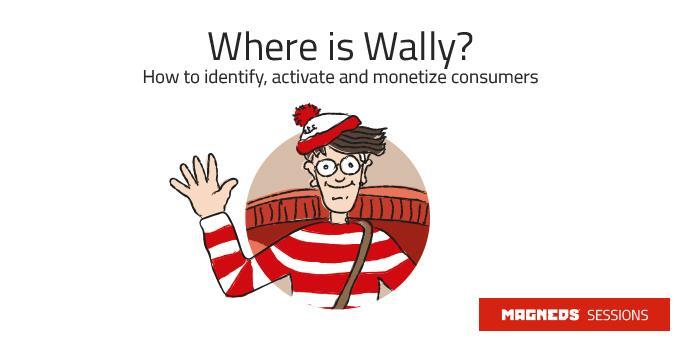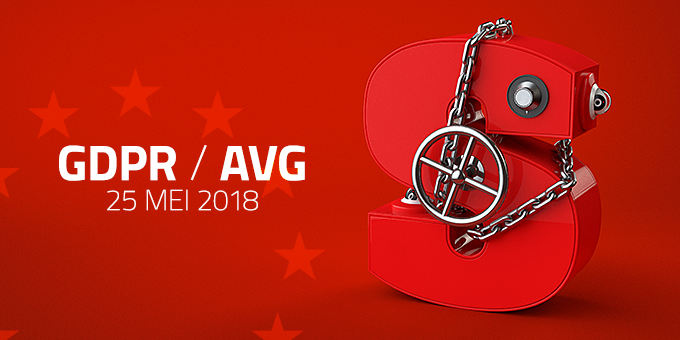Due to the current technology, we are able to fulfil our needs more quickly and more directly, so-called instant gratification. It gives us a good feeling thanks to our dopamine system, and that is why companies reward customers for their loyalty. How do you apply that hunger for fast, faster, fastest to loyalty programmes, and when is it the right moment to satisfy that hunger? Dopamine is a chemical that, among other things, regulates emotional behaviour, particularly regarding rewards and punishments. It induces a pleasant feeling after a reward and has a positive effect on cognitive performances. After such an experience, our brain wants to relive that pleasant feeling. The same action is therefore carried out again, for that link is addictive.
Direct Changes in Behaviour with Instant Gratification
“Why can’t I get the photo now?” is what Edwin Land’s three-year-old daughter asked during their holiday in Santa Fe. Land, a successful chemist, got inspired and introduced the first commercial instant camera in 1948: a camera that creates a developed print shortly after taking the picture. Since then, our growing need for fast results is eagerly met by technology. You see a notification on Facebook, and you immediately want to click on it. Also, the transition to digital television means you no longer have to wait until 10.30 p.m. Saturday night to watch your favourite series: you can watch it whenever you like. Before you know it, it’s 2 a.m. because you binge-watched two seasons. Because the link between behaviour and rewards is more direct, the addictive effect is stronger.
For loyalty programmes, this translates into instant gratifications: immediately rewarding customers for their behaviour. Such as the Dino cards at AH or an immediate discount when you enter a loyalty programme. Following the gamification principle, a high score or new badges also ensure a direct feedback loop, which stimulates people wanting to come back. In fact, even service with a smile is already a form of instant gratification.
Delayed Gratification for Higher Expenses
The ability to give preference to long-term goals instead of short-term goals is called patience. According to Walter Mischel’s famous marshmallow experiment, patience in four-year-olds is directly linked to success in life later on. No wonder patience is a virtue!
Saving programmes are an outstanding example of delayed gratification: you save points for discounts, free products, or tickets to a football match or an event. An important aspect of saving programmes is the ability to redeem points: that is what makes customers feel good. During and after the duration of the saving programme, participating customers spend more than other customers. Another example of delayed gratification are collectables, which caters to our collecting instinct, and encourages family and friends to help you save. Because when you feel good, they feel good too.
Gratification in Layers: Something for Everyone
The best thing to do is to combine several forms of remuneration. Your target audience consists of different people, and with a combination, you are able to stimulate them at different moments. A successful loyalty programme consists of instant gratification and delayed gratification. This is how you can fill in those different layers of gratification:
- Free or discounts. Instant gratification with a transaction leads to a stronger bond and a more positive brand perception. For instance, Amazon customers who participate in the (payed) Amazon Prime loyalty programme, receive free fast delivery and free access to extra services such as Amazon Instant Streaming (Amazon’s alternative to Netflix). Saving for a free ticket to the Efteling (an amusement park) is a typical example of delayed gratification.
- Collecting. To many people, that first flippo, Wuppie or Moestuintje was the start of an entire collection. Every interaction relating to that collection reinforces the brand and leads to repeat purchases. It combines the instant gratification of receiving something, with the delayed gratification of completion and accomplishing something. Saving programmes pertain to the motivators progression and focus: you want to achieve a goal and see progress.
- Gamification. Appreciation, status and the achievement of milestones provide an interesting mix of instant gratification and delayed gratification. Every step forward feels good, and to ultimately reach a wall of fame or a higher status enhances that feeling. Like the free Nike+ Running app that allows you to earn points and badges and challenge your friends.
- Participation. Involving customers in the production or marketing process functions as a two-stage rocket. First, the experience itself gives an instant sense of gratification. Secondly, when the input actually gets implemented in the production or marketing, it creates a feeling of having contributed to something bigger: the delayed gratification. At Lego Ideas, you can present your idea about Lego to the Lego community. If your idea is supported by 10.000 people, Lego will take your idea into consideration, and if they use your idea for a product, you will receive a percentage of the profit.
- Surprise. Receiving something without expecting it works incredibly well as a binding agent. Getting surprised makes people feel like they are special and important. MasterCard, for instance, has expanded their “Priceless” campaign with the “Priceless Surprises” campaign, where cardholders suddenly get surprised with a unique experience, such as a meet and greet with Justin Timberlake. The winners, and thus the moments of gratification, are selected at random.
Your Reward
If you look at the different types of gratification in terms of monetary value, you’ll see that customers do not always want money or discounts. As a customer, they want to be involved, rewarded and surprised by the company or brand. You need a layered reward structure with gratifications for different moments in time, and an understanding of how dopamine and psychological principles work, for they guarantee that your customers feel good, now and later on. And your reward for that is more loyal customers.
Also published on Emerce.nl






